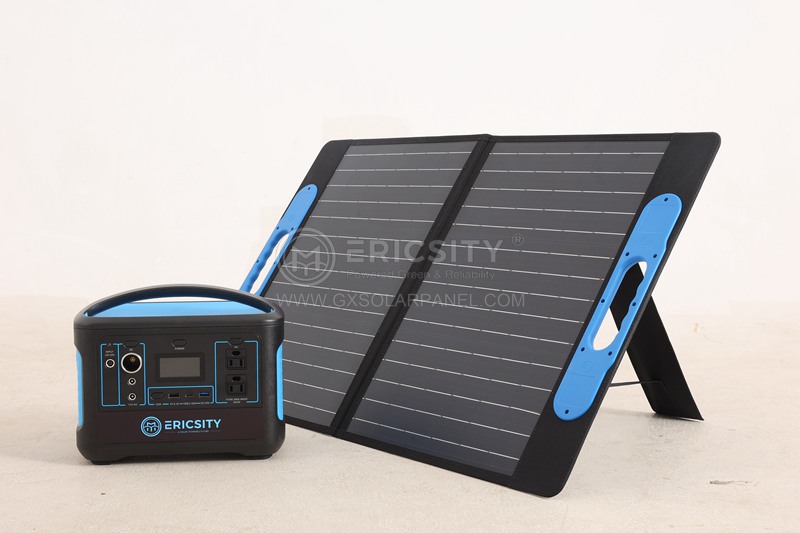HOT PRODUCT
Product Details
semi-flexible Solar Panels: The Art Of Sustainability
Title: Semi-Flexible Solar Panels: The Art of Sustainability
Introduction (50 words):
Sustainability is becoming increasingly important in the modern world, and one area that holds great potential is solar energy. With its renewable and clean attributes, solar power has gained significant attention. In recent years, semi-flexible solar panels have emerged as an innovative solution, offering artistic freedom combined with sustainable energy generation.


1. Definition of Semi-Flexible Solar Panels (100 words):
Semi-flexible solar panels, also known as flexible solar panels or solar laminates, are thin, lightweight, and bendable photovoltaic modules. Unlike traditional rigid solar panels, the semi-flexible variant utilizes thin-film solar technology, which allows for increased flexibility while maintaining the ability to generate electricity. These panels can adhere to curved surfaces, making them suitable for a wide range of applications where standard solar panels cannot be used. By integrating the aesthetics of design with renewable energy production, semi-flexible solar panels are revolutionizing sustainable energy options.

2. Benefits and Applications (150 words):
2.1 Enhanced Aesthetics:
Semi-flexible solar panels bring a touch of artistic appeal to solar energy installations, allowing them to seamlessly blend into various architectural designs. The ability to conform to different shapes, surfaces, and materials offers immense design possibilities, making them ideal for building-integrated photovoltaics (BIPV) and other aesthetic-based installations.
2.2 Versatility in Installation:
Semi-flexible panels can be easily mounted on curved surfaces such as vehicle roofs, boats, or even backpacks, expanding their applications to portable power solutions. The lightweight and flexible nature of these panels offer practical installation options in locations where heavyweight and rigid solar panels are not feasible.
2.3 Durability:
Compared to traditional solar panels, semi-flexible variants are less prone to damage from impact or stress. Their unique construction with protective coatings and robust materials ensures they can withstand harsh environments, including strong winds, vibration, and temperature fluctuations.
3. Efficiency and Performance (100 words):
Semi-flexible solar panels generally have a lower power conversion efficiency compared to rigid panels due to their thin-film technology. However, innovation in solar cell materials and manufacturing processes is rapidly improving their efficiency. Additionally, semi-flexible panels have better low-light performance and are more shade-tolerant than their rigid counterparts, making them suitable for diverse climates and environments.
4. Environmental Impact (100 words):
Semi-flexible solar panels have a lower carbon footprint compared to traditional solar panels. Their manufacturing requires fewer materials and energy inputs, resulting in reduced greenhouse gas emissions. Moreover, the integration of solar energy into various applications decreases reliance on non-renewable sources, promoting clean and sustainable practices.
Conclusion (100 words):
Semi-flexible solar panels combine the power of sustainability with artistic expression. Their ability to conform to various surfaces and deliver efficient power generation makes them a promising technology. Offering enhanced aesthetics, versatility, durability, and a reduced environmental impact, these panels promote sustainable living without sacrificing design and aesthetics.
By harnessing the art of sustainability through semi-flexible solar panels, we can contribute to a cleaner, greener future while embracing the beauty of renewable energy integration in our surroundings.




